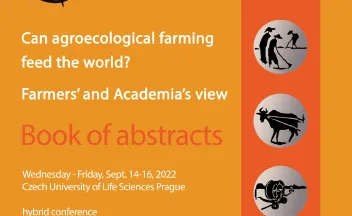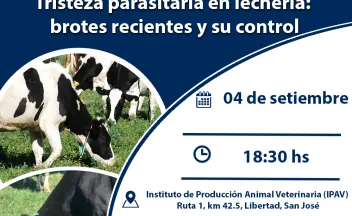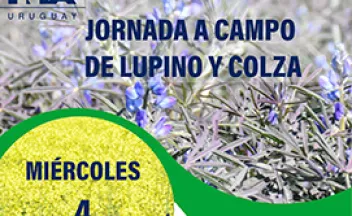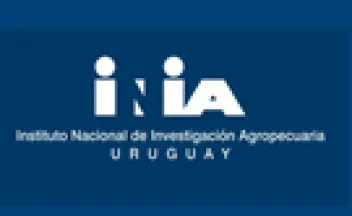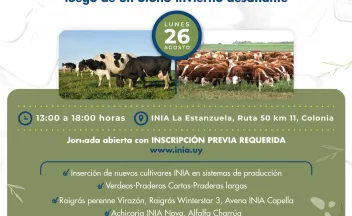Effect of defoliation frequency around flowering time on the nutritive value of orchardgrass. [1666W - abstract].

ABSTRACT.- Determining the optimal defoliation frequency is essential to increase the productivity of pasture-based dairy systems. An experiment was carried out to study the effect of the defoliation regimen around flowering time on the evolution of chemical composition and nutritional value of orchardgrass. The experiment was conducted on a 4-year-old orchardgrass (Dactylis glomerata cv 'INIA Perseo') pasture at the experimental station "La Estanzuela" (INIA, Uruguay).

